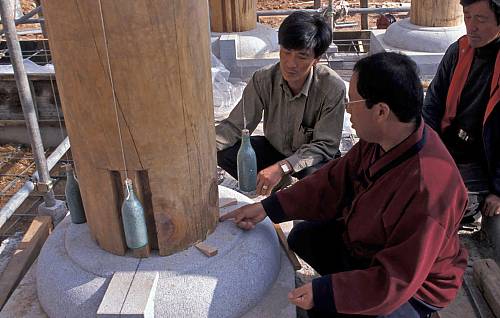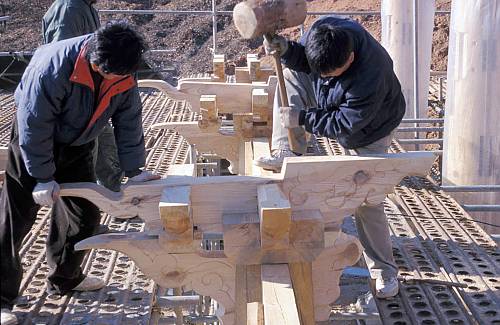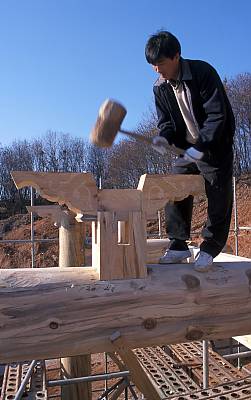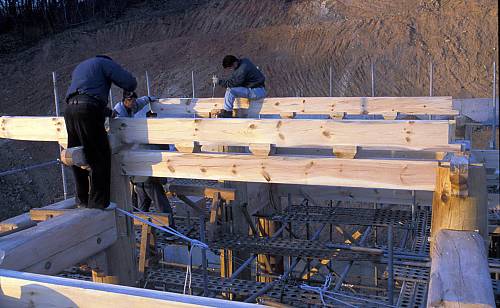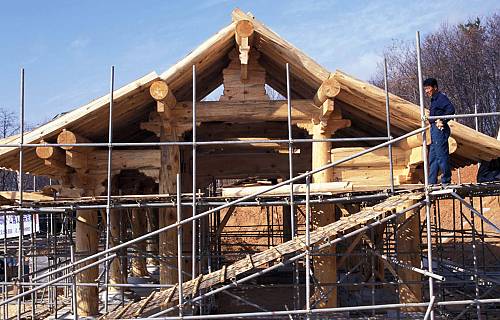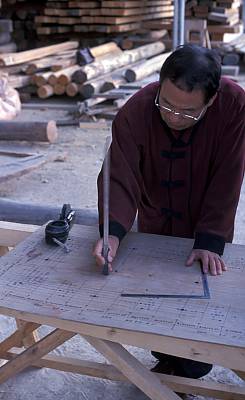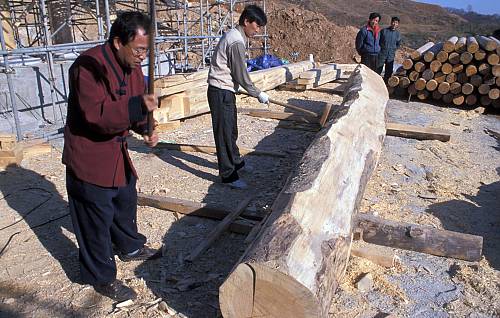Daemokjang, traditional wooden architecture
Inscribed in 2010 (5.COM) on the Representative List of the Intangible Cultural Heritage of Humanity

The term ‘Daemokjang’ refers to traditional Korean wooden architecture and specifically to the woodworkers who employ the traditional carpentry techniques. The activities of these practitioners also extend to the maintenance, repair and reconstruction of historic buildings, ranging from traditional Korean houses to monumental wooden palaces and temples. The Daemokjang are in charge of the entire construction process, including the planning, design and construction of buildings, and the supervision of subordinate carpenters. The wooden structures created by Daemokjang are smooth, simple and unadorned – distinctive features of traditional Korean architecture. The traditional construction processes require both technical skills to design the building with consideration to its size, site and function, and aesthetic sense to select the lumber for the construction materials, cut and shape the wood, and assemble and interlock the separate wooden pieces without using nails, creating the so-called ‘joints that withstand a millennium’. The know-how of Daemokjang has been handed down from generation to generation and takes decades of education and field experience to master. In working to restore monumental buildings using traditional techniques, Daemokjang practitioners reinterpret the beauty of traditional architecture with their artistic creativity and re-create it with their technical skills.
